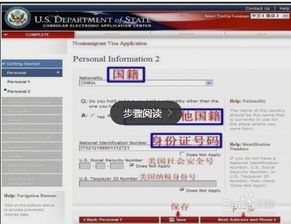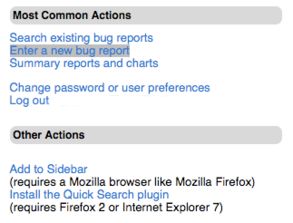
Understanding the Process

Applying for U.S. citizenship is a significant milestone for many individuals. It’s a journey that requires thorough understanding, careful planning, and adherence to specific guidelines. If you’re considering filing for U.S. citizenship, here’s a detailed guide to help you navigate through the process.
Eligibility Requirements

Before you begin the application process, it’s crucial to ensure that you meet the eligibility requirements. According to the United States Citizenship and Immigration Services (USCIS), you must meet the following criteria:
| Requirement | Description |
|---|---|
| Residency | Have been a lawful permanent resident (green card holder) for at least 5 years, or 3 years if married to a U.S. citizen. |
| Physical Presence | Have lived in the United States for at least half the time you were a permanent resident. |
| Good Moral Character | Have good moral character and have not engaged in any illegal activities. |
| Understanding of English and U.S. Government | Be able to read, write, and speak English, and have knowledge and understanding of U.S. government and history. |
Application Process

Once you’ve confirmed your eligibility, the next step is to file Form N-400, Application for Naturalization. Here’s a step-by-step guide to help you through the process:
-
Complete Form N-400: This form is the official application for naturalization. Ensure that you fill it out accurately and completely. You can find the form and instructions on the USCIS website.
-
Submit Required Documents: Along with your application, you’ll need to submit several documents, such as proof of your identity, proof of your U.S. residency, and proof of your eligibility for naturalization.
-
Pay the Application Fee: As of 2023, the application fee is $725. There may be additional fees for biometrics services and a fingerprinting appointment.
-
Attend Your Interview: After your application is processed, you’ll be scheduled for an interview with a USCIS officer. This is an opportunity to discuss your application and answer any questions the officer may have.
-
Pass the Naturalization Test: You’ll need to pass a test on U.S. history and government, as well as an English proficiency test. The test is designed to assess your ability to read, write, and speak English, and your knowledge of U.S. history and government.
-
Receive Your Naturalization Certificate: If your application is approved, you’ll receive your naturalization certificate, which officially makes you a U.S. citizen.
Biometrics Appointment
As part of the application process, you’ll need to schedule a biometrics appointment. This appointment is to collect your fingerprints, a digital photograph, and your signature. Here’s what you need to know:
-
Schedule Your Appointment: You’ll receive a notice from USCIS with instructions on how to schedule your biometrics appointment.
-
Prepare for Your Appointment: Bring your appointment notice, a valid photo ID, and proof of your U.S. residency.
-
Attend Your Appointment: Be punctual and prepared to provide the required information and biometric data.
Additional Considerations
Here are a few additional considerations to keep in mind as you apply for U.S. citizenship:
-
Legal Representation: While you’re not required to have a lawyer, many applicants choose to seek legal representation to ensure their application is processed smoothly.
-
Language Assistance: If English is not your primary language, you may be eligible for language assistance during the application process.
-
Exemptions and Waivers: In certain cases, you may be eligible for exemptions or waivers from certain requirements, such as the English proficiency test or the naturalization test.





